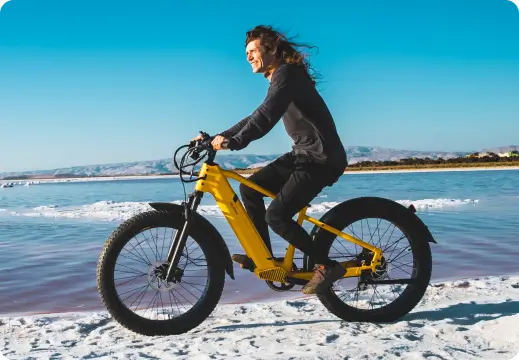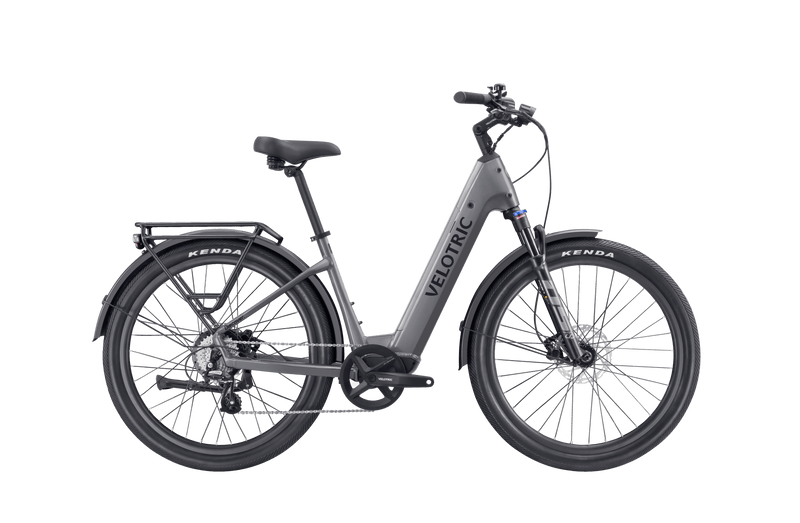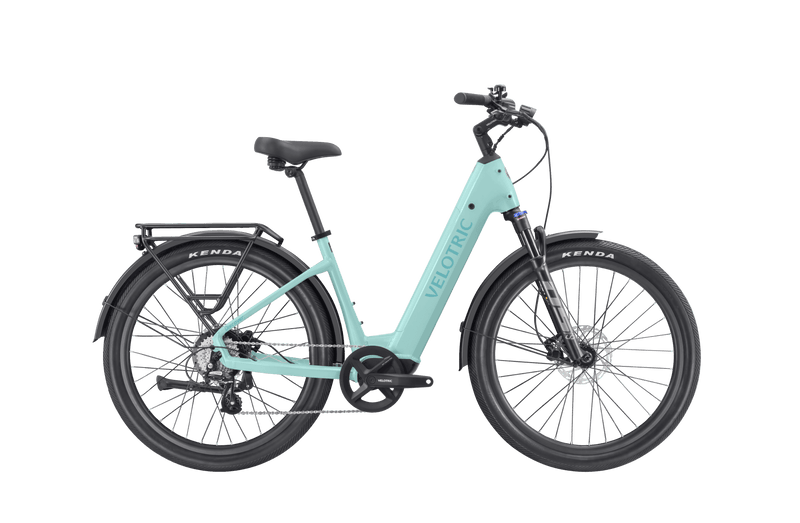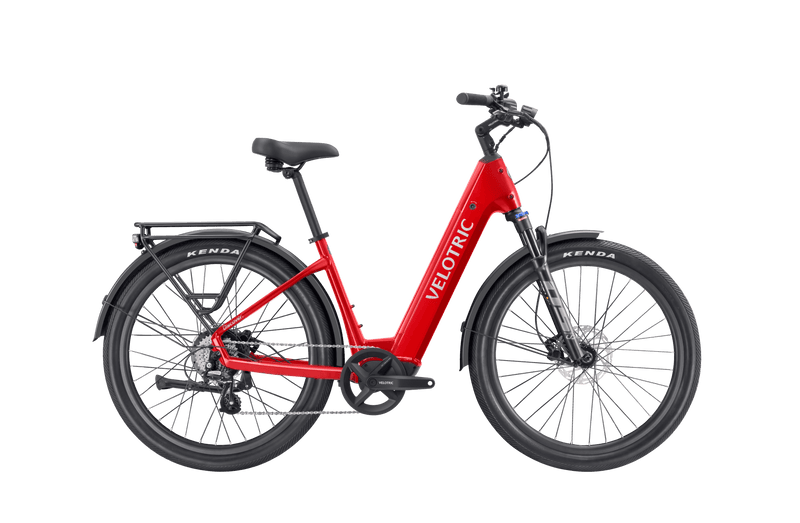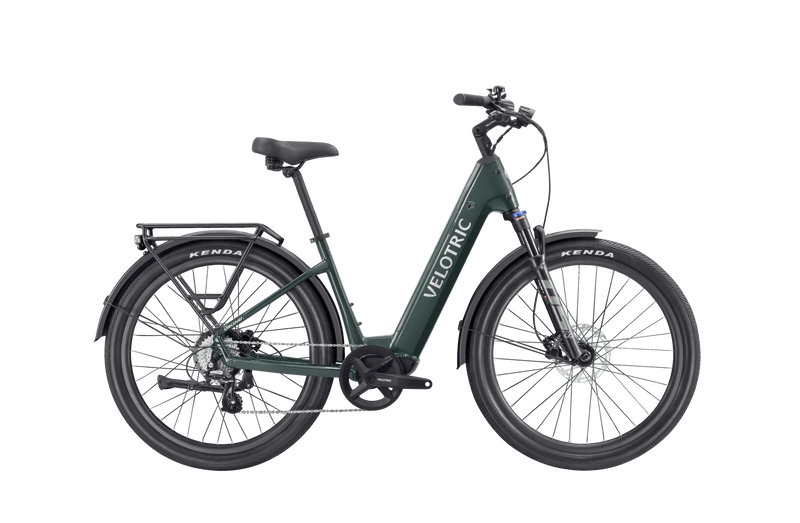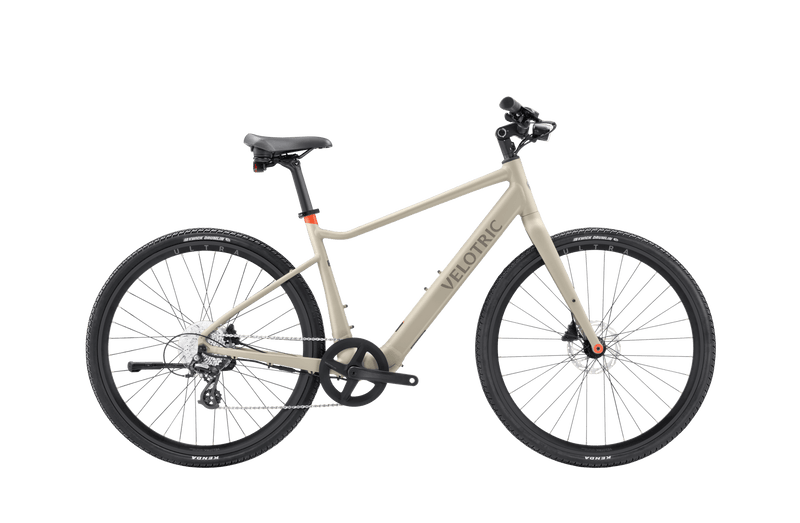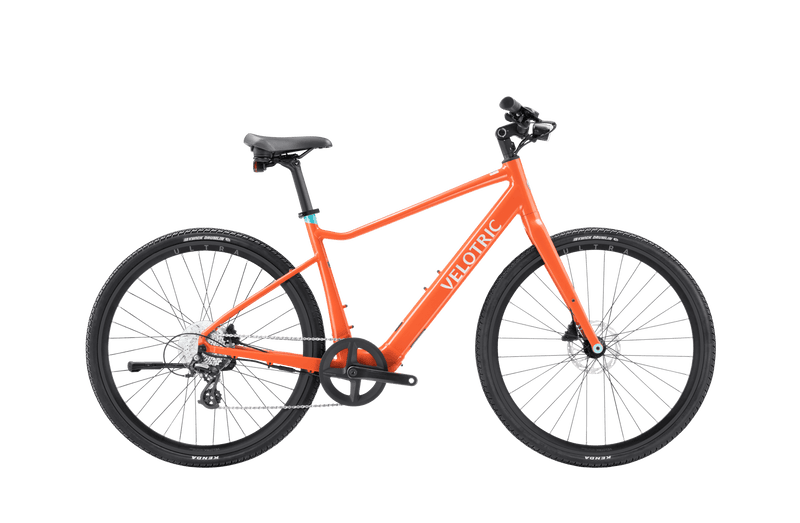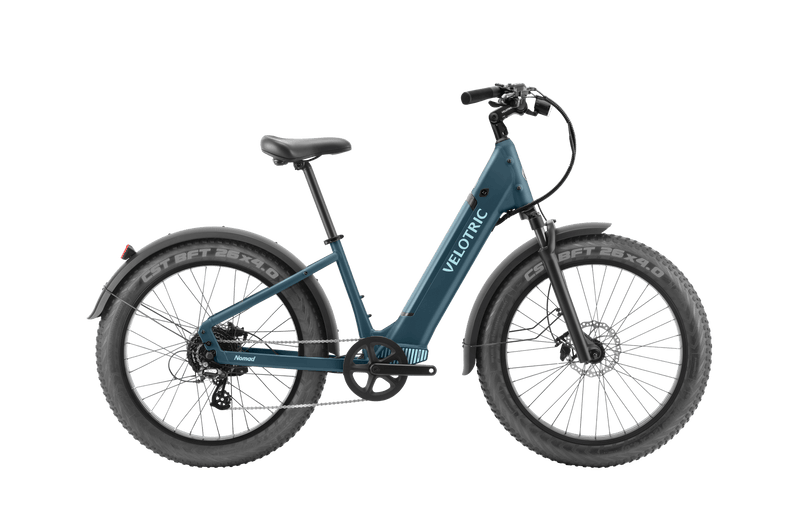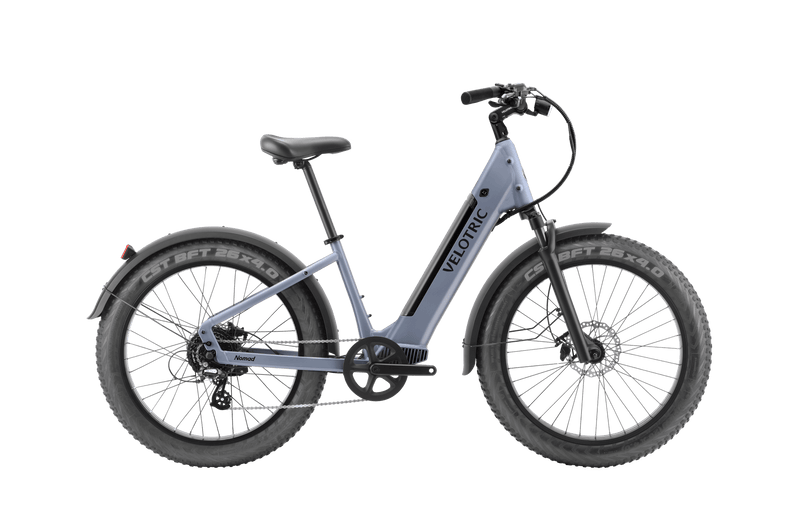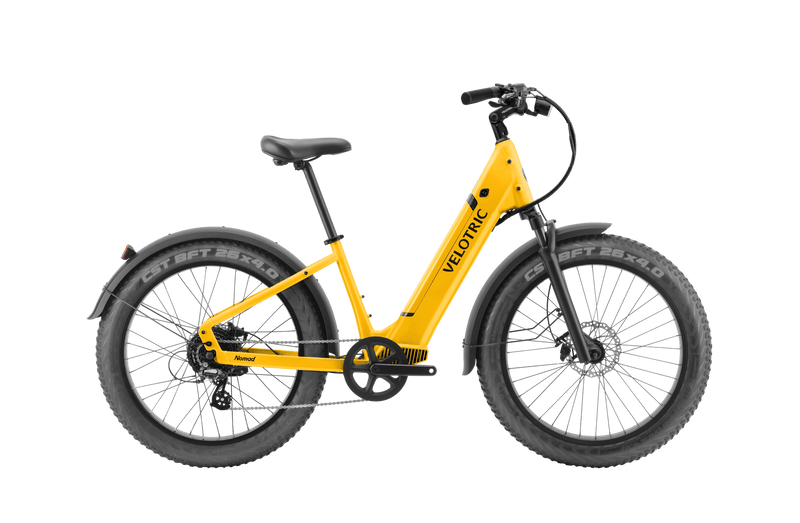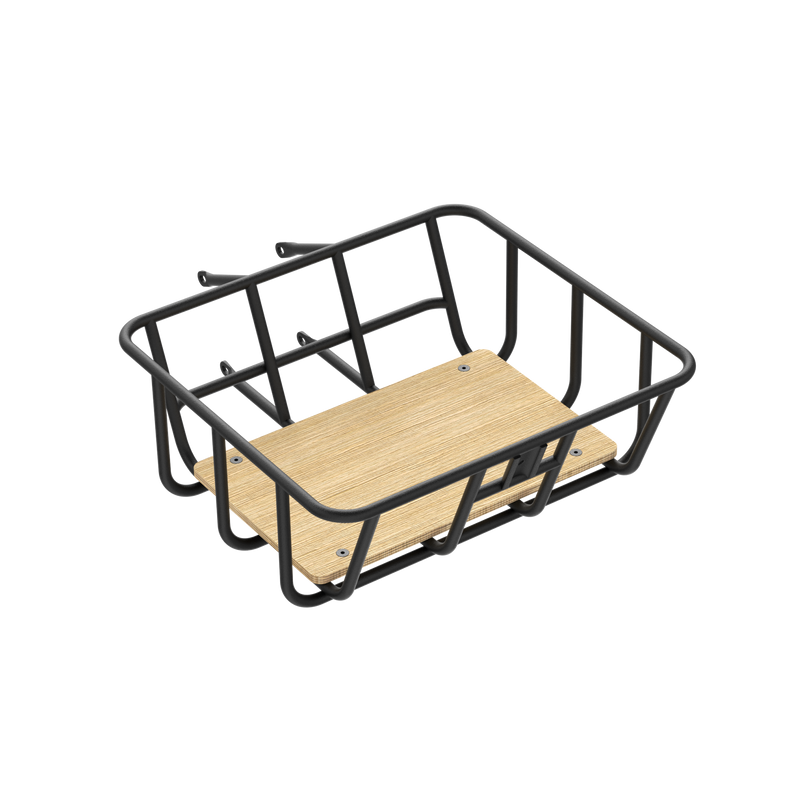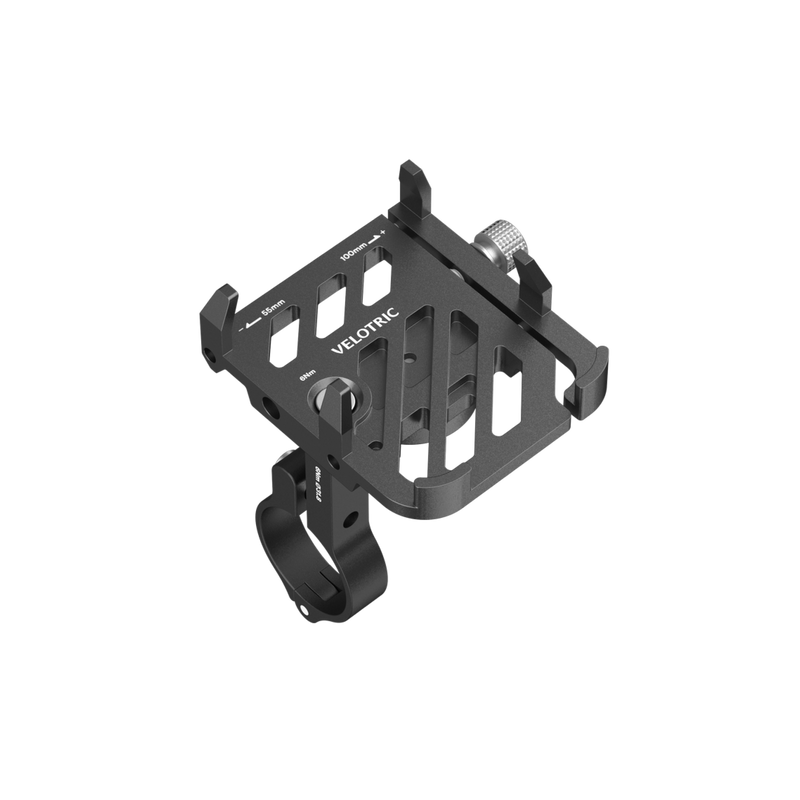E-bikes have shaped personal transportation, offering an eco-friendly and efficient alternative to traditional bikes and cars. As their popularity grows, so does the variety of options available. Among these, the power of the motor is a critical factor, with 500w and 750w motors being two of the most common choices. Understanding the differences between these two can help you make an informed decision based on your needs, preferences, and intended use.
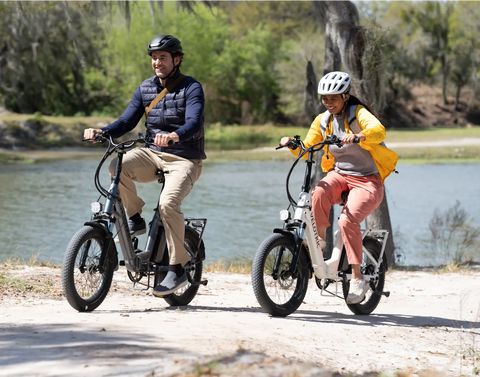
What Are the Differences Between 500w vs. 750w E-bikes?
The primary difference between 500w and 750w e-bikes lies in the power and performance of their motors:
Power and Speed
A 500W motor is generally sufficient for city commuting, allowing you to keep pace with urban traffic while maintaining a safe and manageable speed. It also makes for leisurely rides in parks or on bike paths, where higher speeds might not be necessary or allowed.
In contrast, a 750W motor offers several speed advantages. The increased power allows for higher maximum speeds, making it possible to reach destinations more quickly. A 750W motor can accelerate more rapidly from a stop or low speed, which is useful for navigating traffic and intersections. The extra power helps maintain higher speeds while climbing hills, reducing the effort required and improving overall efficiency. Additionally, the enhanced power output allows for maintaining speed even when carrying heavy loads or additional passengers.
However, it's important to note that motor power does not solely determine the top speed of an e-bike; regulations play a significant role. In the United States, for example, Class 3 e-bikes can go up to 28 mph, but California does not allow throttle assist on Class 3 bikes.
Torque
Torque is the rotational force that helps your e-bike climb hills and accelerate from a stop. Generally, 750w motors provide significantly more torque than 500w motors. This makes 750w e-bikes more effective for steep inclines and carrying heavier loads. For example, if you live in a hilly area or plan to use your e-bike for grocery runs or transporting gear, the higher torque of a 750w motor will provide better performance and a smoother ride.
Range
A 500W e-bike generally has a longer range than a 750W e-bike with the same battery capacity. This is because a less powerful motor consumes less energy, allowing you to travel further on a single charge. For instance, if a 500W e-bike can travel up to 50 miles on a full charge, a 750W e-bike with the same battery might only reach 35-40 miles due to higher energy consumption. In fact, battery capacity is the main driver of the e-bike range. Other factors such as battery capacity, terrain, rider weight, and riding style also play significant roles in determining the actual range.
Weight
750w e-bikes are typically heavier than their 500w counterparts due to the larger motor and often a bigger battery. This additional weight can affect handling and transportation. For example, if you need to carry the bike upstairs, lift it onto a bike rack, or maneuver it in tight spaces, the heavier weight of a 750w e-bike can be a disadvantage. Additionally, the added weight can impact the bike's agility and responsiveness, making it feel more cumbersome compared to a lighter 500w e-bike.
But the relationship between motor weight and performance is not always linear. High-quality motors, regardless of their power output, tend to use better materials, superior craftsmanship, and more advanced technologies, making them more efficient and potentially lighter than their lower-quality counterparts. For instance, a high-quality 750W motor might be more efficient and well-constructed than a lower-quality 500W motor, using better insulation materials, bearings, and control systems. Such high-quality motors, though often more expensive, can deliver better performance without a significant increase in weight.
500w or 750w E-bikes: How to Choose
When deciding between a 500w and a 750w e-bike, consider your specific needs and riding conditions.
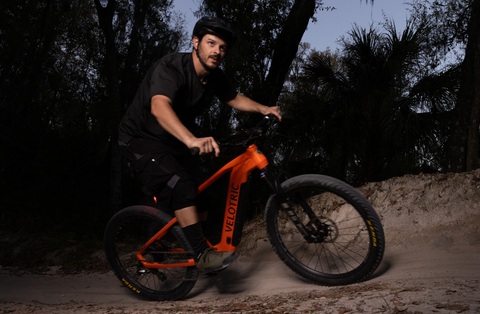
Assess Your Riding Style
Think about where you'll be riding most frequently. For flat, urban environments, a 500w e-bike is typically sufficient. It provides adequate power for navigating city streets, dealing with stop-and-go traffic, and riding on bike paths. On the other hand, if your rides involve hilly, off-road, or mixed terrain, the added power of a 750w motor can make a significant difference. A 750w motor offers better performance on steep inclines and rough trails, making it ideal for more challenging rides.
Evaluate Your Fitness Level
Your fitness level and riding preferences play a crucial role in your decision. If you prefer to rely more on motor power and less on pedal assistance, a 750w e-bike might be more appropriate. This is particularly true if you have physical limitations or simply prefer a more effortless ride. Conversely, if you enjoy pedaling and only need occasional assistance, a 500w e-bike can provide ample support without overwhelming the pedaling experience. A 500w motor complements an active riding style, offering assistance when needed without dominating the ride.
Consider Your Commute Distance
If you have a long commute, battery life and range are crucial. A 500w e-bike generally offers better range per charge compared to a 750w e-bike with the same battery capacity. This makes it a more practical choice for long-distance riders who need to cover extensive miles on a single charge. For instance, if your daily round-trip commute is 40 miles, a 500w e-bike might handle it comfortably, while a 750w e-bike could require recharging more frequently.
Check Local Regulations
Always ensure your chosen e-bike complies with local laws. Some areas have strict regulations regarding motor power and speed limits for e-bikes. In many regions, e-bikes with motors exceeding 500w may be classified differently, requiring registration, insurance, or even a license. Choosing a 500w e-bike can help you stay within legal limits while still enjoying the benefits of electric assistance. It's essential to research and understand the regulations in your area to avoid any legal issues.
Budget and Maintenance
Factor in the cost of the e-bike and its long-term maintenance. A 750w e-bike might incur higher upfront and maintenance costs due to its more powerful motor and possibly larger battery. Assess your budget and willingness to invest in ongoing maintenance. For example, the initial purchase price of a 750w e-bike can be significantly higher than that of a 500w model. Additionally, the larger motor and battery may require more frequent servicing and replacement parts, increasing long-term costs. If you're on a tight budget, a 500w e-bike might provide better value without compromising too much on performance.
By carefully considering these factors, you can choose the e-bike that best fits your lifestyle, riding conditions, and budget.
The Bottom Line
Choosing between a 500w and a 750w e-bike ultimately depends on your personal needs, riding environment, and budget. A 500w e-bike is typically adequate for urban commuting, offering a balance of power, range, and affordability. On the other hand, a 750w e-bike excels in hilly terrains and off-road conditions, providing extra power and torque for demanding rides.
Consider your typical riding conditions, local regulations, and budget constraints to make the best decision. Whether you choose a 500w or a 750w e-bike, both options offer the benefits of electric assistance, making cycling more accessible, enjoyable, and efficient.






































